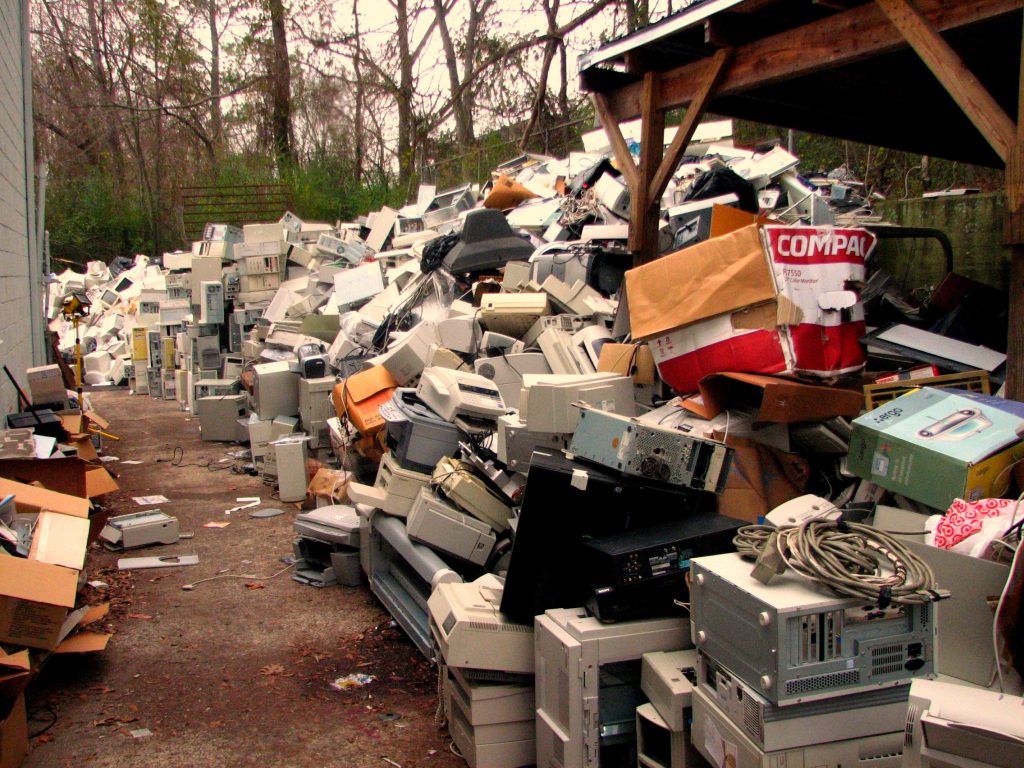The Environmental Impact of E-Waste: Solutions and Awareness
In today’s rapidly advancing digital age, electronic devices have become integral to our lives. From mobile devices and laptops to refrigerators and televisions, electronic gadgets have streamlined our daily lives, offering unparalleled convenience. Nevertheless, the growing dependence on technology carries a concealed toll – the rapid accumulation of electronic waste, known as e-waste, which presents substantial environmental and health risks. In this comprehensive article, we, as experts in the field of environmental sustainability, will delve deep into the issue of e-waste and its environmental impact and offer concrete solutions and awareness-raising strategies to address this growing concern.
The Alarming Growth of E-Waste
E-waste refers to discarded electronic devices and electrical equipment that have ended their useful life. These items contain a complex mix of materials, including precious metals, plastics, and hazardous substances such as lead and mercury. As technology advances, the lifespan of electronic devices shortens, leading to a staggering increase in e-waste production worldwide.
The Global E-Waste Epidemic
The exponential growth of e-waste is a global phenomenon. According to recent statistics, the world generated approximately 53.6 million metric tonnes of e-waste in 2020 alone. This figure is expected to rise to 74.7 million metric tonnes by 2030, signifying a troubling trajectory.
Environmental Impact of E-Waste
E-waste severely threatens our environment, primarily due to improper disposal methods and the toxic materials it contains. When e-waste is not handled responsibly, it can result in the following detrimental effects:
- Soil and Water Pollution
The improper disposal of electronic devices can lead to toxic substances leaching into the soil and water. Heavy metals like lead, cadmium, and mercury can contaminate the earth and underground water sources, posing risks to ecosystems and human health.
- Air Pollution
Incinerating e-waste can release harmful chemicals and greenhouse gases into the atmosphere. This contributes to air pollution and exacerbates climate change, further stressing the need for sustainable e-waste management practices.
- Resource Depletion
Electronic devices contain valuable resources like gold, silver, and rare earth elements. When e-waste is not recycled, these resources go to waste, increasing the mining demand, which has environmental consequences.
The Urgent Need for Solutions
Addressing the environmental impact of e-waste requires a multifaceted approach that involves individuals, businesses, and governments. Here are some concrete solutions that we recommend to mitigate this crisis:
- E-Waste Recycling Programs
Promoting e-waste recycling is crucial. Governments and local authorities should establish accessible collection points and recycling centers where individuals can drop off their old devices for proper disposal and recycling.
- Extended Producer Responsibility (EPR)
EPR policies compel manufacturers to take responsibility for their products throughout their lifecycle. By implementing EPR legislation, governments can incentivize companies to design products with recycling in mind.

- Consumer Education and Awareness
Raising awareness among consumers about the importance of responsible e-waste disposal is paramount. Educate individuals about the benefits of recycling and the potential environmental harm caused by improper disposal.
- Repair and Reuse Initiatives
Encourage the repair and reuse of electronic devices. Promote businesses that offer repair services and refurbish old gadgets to extend their lifespan.
- Regulations and Enforcement
Governments should enact strict regulations for e-waste management and enforce penalties for illegal dumping or improper disposal. This will deter irresponsible practices.
Spreading Awareness
To combat the growing e-waste crisis effectively, raising awareness among the public, businesses, and policymakers is essential. Understanding the environmental consequences of e-waste and adopting sustainable practices is key to reversing this alarming trend.
Conclusion
The environmental impact of e-waste is a critical issue that demands immediate attention. We have discussed the exponential growth of e-waste and its detrimental environmental effects and proposed concrete solutions to mitigate this crisis. By embracing responsible e-waste management practices, we can protect our planet and ensure a sustainable future for future generations.

